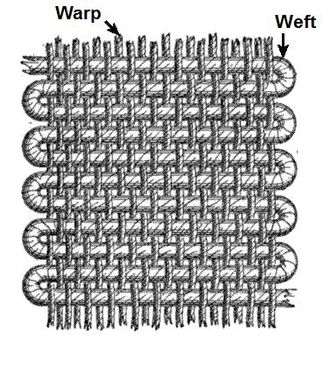Navajo Textile Depicting Powerful Imagery of the Yei [SOLD]
+ Add to my watchlist Forward to Friend
- Category: Navajo Textiles
- Origin: Diné of the Navajo Nation
- Medium: wool, yarn, dye
- Size: 5’1” x 2’9”
- Item # C4634A SOLD
The textile depicts the powerful imagery of the Yei, the supernatural beings of the Diné of the Navajo Nation. There are 6 front facing Yei with faces concealed behind round blue masks. Each of the six has feathers on its head. Each Yei has a different body color, but each wears a green ruff around its neck. Each Yei is dressed in a colorful and decorative kilt and each wears a concho belt and a nugget necklace with jacla. Hanging from both arms of each Yei is a pendant with triangles of varying colors. The single figure with a white face is the one known as Talking God.
Yei are gods in the Diné of the Navajo Nation pantheon and are traditionally depicted in sand paintings. Yeibichai are masked human dancers impersonating the Yei deities.
Creation of the Yei and Yeibichai in anything but ceremonial sand paintings were forbidden before the 20th century. Since these figures are destroyed before sunset during a healing ceremony, it was not allowed that they be created in permanent form especially in an item to be sold to non-Indians. It was strongly believed that serious consequences would befall anyone who wove these figures in a rug. Gradually, this superstition was overcome. It was the permanence of creating the sacred figures in textiles that made their weaving controversial among the Diné.
Pictorial textiles such as this had their beginning in the Four Corners area of New Mexico around 1910, particularly from Shiprock and Lukachukai regions. Earlier Yeibicheii pictorial textiles featured single large front-facing figures. The Yeibicheii textiles being woven today normally feature Navajo impersonating the Yei in the dance, not of the Holy People themselves. The Yeibichai dancers are normally pictured in profile, not front facing. The Yei figures are generally pictured in the front facing image, as illustrated in this textile.
Because of the significance of the Yei to the Diné, it is generally suggested that such textiles be displayed in a respectful manner such as hanging on a wall, not used as a floor rug.

Warp and Weft: "All twill weaves are produced by floating the weft elements over more than one warp at a time to create a raised pattern of color and texture. Three twill-weave techniques were used by both Navajo and Pueblo weavers: plain twill forming diagonal floats; herringbone twill, in which the diagonal floats alternate direction to form a vertical zigzag or chevron pattern; and a diamond twill, in which the herringbone patterns are woven in such a manner as to create concentric diamond patterns." Kaufman and Selser, 1985:138
Condition: very good condition for a textile dating to the mid-twentieth century.
Provenance: this Navajo Textile Depicting Powerful Imagery of the Yei is from the collection of a gentleman from California
Recommended Reading: The Navajo Weaving Tradition 1650 to the Present by Alice Kaufman and Christopher Selser.
TAGS: textiles, Navajo Nation, Mary Kessie, Navajo Weaver

- Category: Navajo Textiles
- Origin: Diné of the Navajo Nation
- Medium: wool, yarn, dye
- Size: 5’1” x 2’9”
- Item # C4634A SOLD



